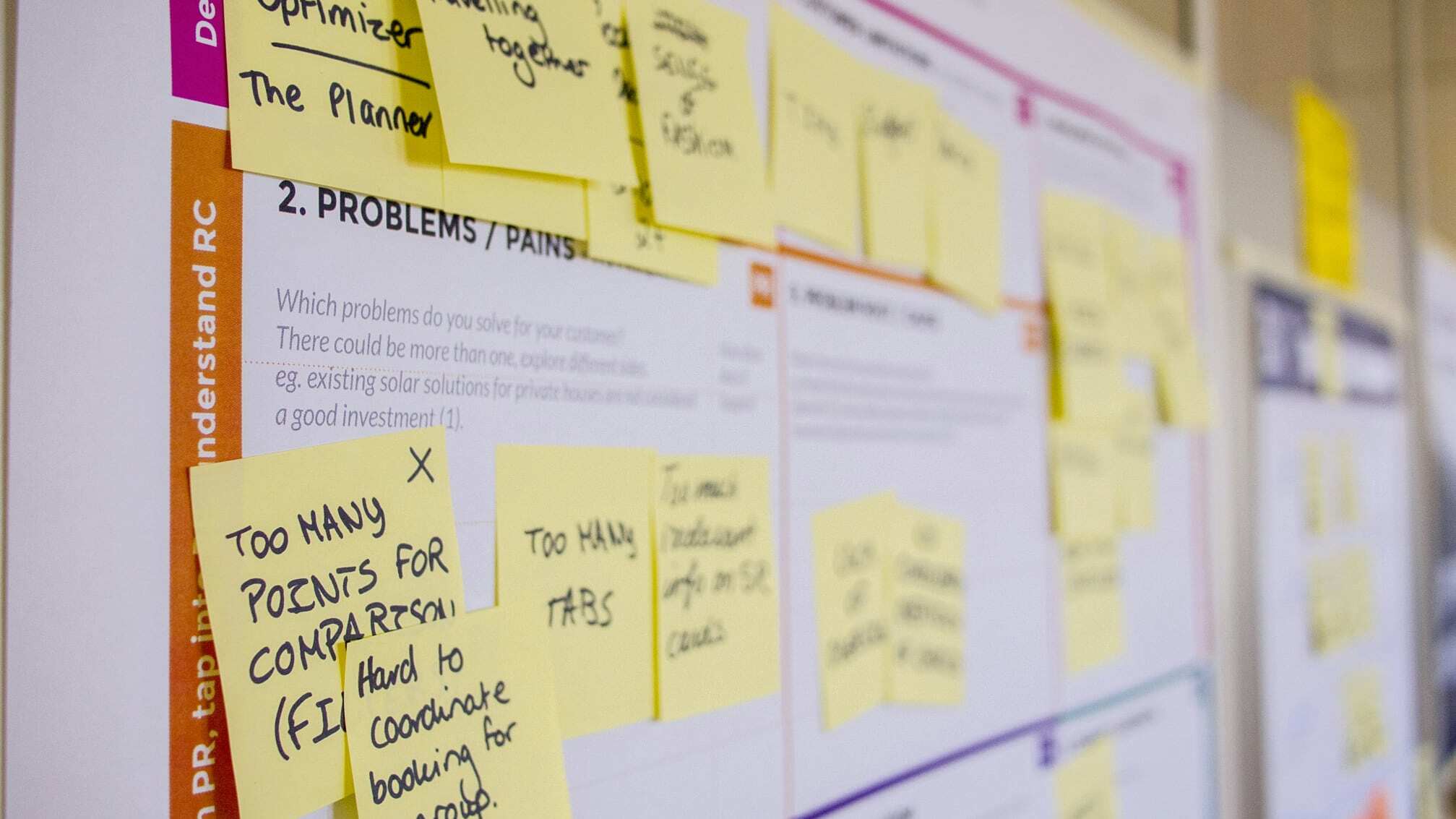From Chaos to Clarity: The Power of Effective Feedback in Creative Projects
16-Mar-2025 9:00:00 AM • Written by: Mohamed Hamad

In February 2025, I had the pleasure of hosting a discussion on effective feedback for creative projects as part of Third Wunder’s monthly Third Wednesday Webinar series. My guest, Joey Tanny, Marketing Director at ReviewStudio, shared insights on the challenges creative teams face when collecting, managing, and implementing feedback. We explored strategies that help streamline the review process, align stakeholders, and ensure projects stay on track without unnecessary revisions or delays.
The Importance of Effective Feedback in Creative Projects
Feedback is at the heart of any creative process, but not all feedback is created equal. Some of it is vague ("make it pop more"), some is contradictory, and some comes in so late that it derails timelines and budgets.
Effective feedback isn’t just about what is said but also how and where it’s communicated. A lack of structure in the feedback process can result in:
- Endless revision cycles that push deadlines.
- Frustration among designers, writers, and developers.
- Misalignment between stakeholders, leading to wasted effort.
- Projects that never quite reach final approval because expectations keep shifting.
The Two Pillars of Effective Creative Feedback
Feedback can be broken down into two core elements:
- Gathering Feedback – Ensuring feedback is clear, actionable, and consolidated in the right place.
- Managing Feedback – Streamlining how feedback is documented, tracked, and integrated into the workflow.
Let’s explore how creative teams can master both.
Best Practices for Giving and Gathering Feedback
Good feedback doesn’t just happen—it’s guided by best practices that make collaboration smoother. Here are key takeaways:
- Be Specific and Actionable: Instead of “this design feels off,” say, “The colour contrast here makes the text hard to read. Can we explore a darker shade?”
- Tie Feedback to Project Goals: Align every piece of feedback with the objectives of the project. If feedback doesn’t serve the goal, reconsider if it’s necessary.
- Use a Single Source of Truth: Avoid scattered feedback across emails, Slack, and random PDFs. Use tools designed to centralize feedback and track changes.
- Be Mindful of Timing: Late-stage feedback can be costly. Encourage stakeholders to provide input at designated milestones rather than after the design is finalized.
- Empathy and Clarity Matter: Feedback should be constructive, not dismissive. Consider the effort behind creative work and communicate with respect.

Managing Feedback to Keep Projects on Track
Once feedback is collected, how it’s managed determines whether it moves the project forward or causes chaos.
1. Use the Right Tools
Relying on long email chains or disjointed messages leads to missed feedback and confusion. Creative teams should adopt proofing and collaboration tools such as:
- Online proofing tools for centralized visual feedback.
- Project management platforms for tracking revisions.
- Communication apps for quick clarifications, but not as the primary feedback hub.
2. Define Clear Review Stages
Setting up structured feedback rounds—such as concept review, first draft, and final approval—keeps feedback timely and relevant to the stage of the project.
3. Establish Decision-Making Authority
Too many voices can slow projects down. Define who has the final say at each stage to prevent endless revisions based on conflicting opinions.
4. Document and Track Changes
Make sure every change request is logged and linked to its original feedback. This avoids redundant back-and-forth and provides a clear history of revisions.
Bringing It All Together
At the end of the day, great creative work happens when teams have a solid feedback system. Without it, projects suffer from unnecessary delays, cost overruns, and frustration. By improving how feedback is given, gathered, and managed, teams can work more efficiently and deliver high-quality results without endless revisions.
Final Thoughts
Effective feedback is more than just a process—it’s a mindset. By fostering a culture of clarity, collaboration, and respect, creative teams can transform feedback from a frustrating hurdle into a powerful tool for better work. Implementing structured review systems, clear communication, and the right tools will not only improve project outcomes but also strengthen team dynamics and client relationships. The path from chaos to clarity starts with thoughtful, intentional feedback.
How to Manage Creative Feedback for Faster Approvals
Mohamed Hamad
Mohamed Hamad is the founder of Third Wunder, a Montreal-based digital marketing agency, with 15 years of experience in web development, digital marketing, and entrepreneurship. Through his blog, "Thought Strings", he shares insights on digital marketing and design trends, and the lessons learned from his entrepreneurial journey, aiming to inspire and educate fellow professionals and enthusiasts alike.
